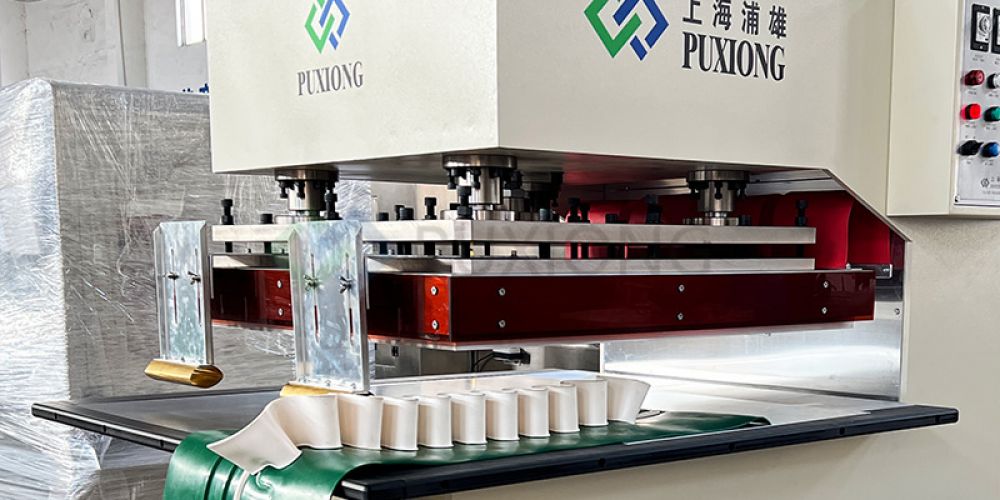
Conveyor belts have extensive application scenarios in the logistics sector, covering multiple stages of logistics operations. Below are some key application scenarios:
1. Goods Sorting and Transfer
In large logistics centers or warehouses, conveyor belt systems are widely used for automated sorting and transfer of goods. By setting different paths and speeds, conveyor belts can accurately transport goods to designated sorting or packaging areas, significantly improving sorting efficiency and accuracy.
2. Packaging Line Operations
On packaging lines, conveyor belts are used to transport products from production lines to packaging machinery. This facilitates automation and continuity in packaging operations, enhancing both packaging efficiency and product quality.
3. Warehouse Management
In warehouse management, conveyor belts enable rapid goods storage and retrieval. By connecting different areas within a warehouse, conveyor belts reduce handling distances and time, thereby improving storage efficiency.
4. Loading and Unloading Operations
At logistics hubs such as ports, docks, and freight stations, conveyor belts are employed for loading and unloading goods. They can unload goods from ships, trucks, or other transport vehicles, or load goods onto them, ensuring fast cargo transfer.
5. Cold Chain Logistics
Conveyor belts are also widely utilized in cold chain logistics. With temperature control capabilities, they are ideal for transporting goods requiring low or constant temperatures, such as perishable foods and pharmaceuticals.
6. Special Environment Operations
Conveyor belts perform reliably even in challenging environments, including high-temperature, high-humidity, or corrosive conditions. By selecting appropriate materials and designs, conveyor belts ensure stable cargo transportation in harsh settings.